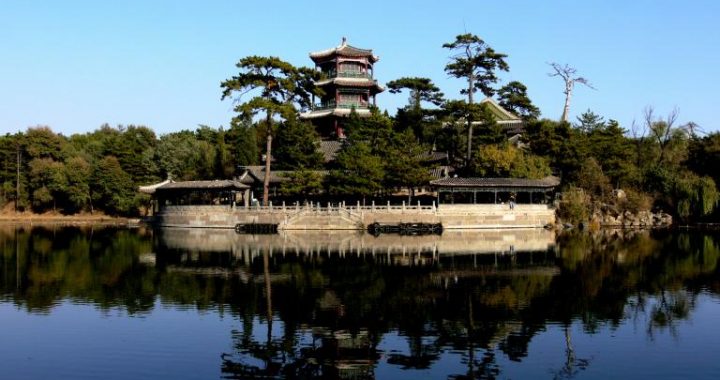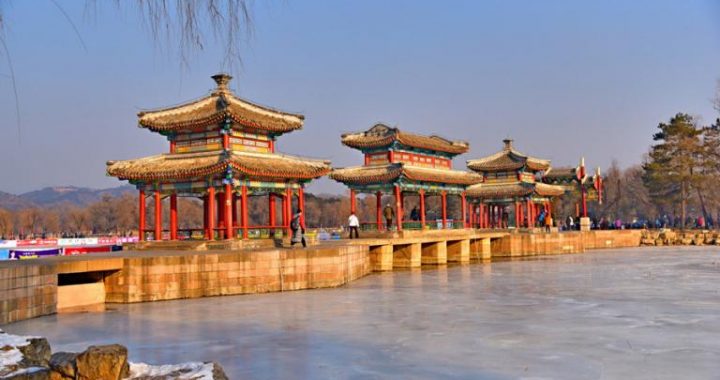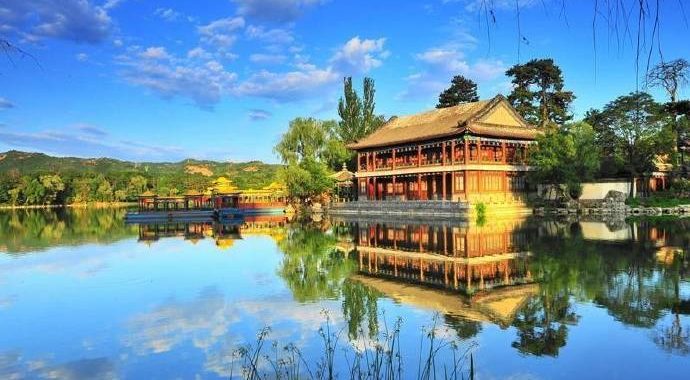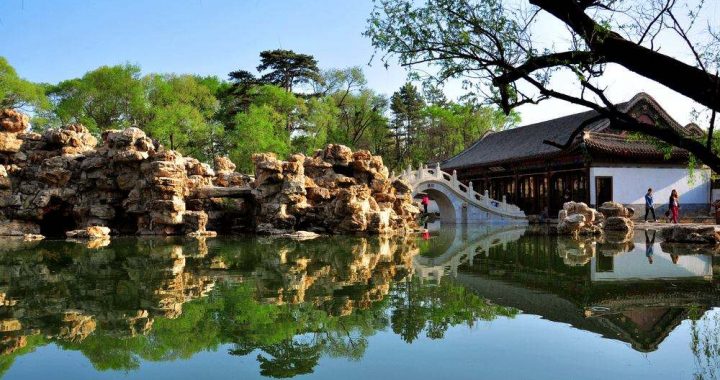Emperor Kangxi’s Summer Mountain Resort in Chengde
2 min readBuilt between 1703 and 1792,the Mountain Resort took 89 years to complete.It covers a total area of 5.6 km2,almost half of Chengde’s urban area.It is a vast complex of palaces and administrative and ceremonial buildings.Temples of various architectural styles and imperial gardens blend harmoniously into a landscape of lakes,pastureland and forests.
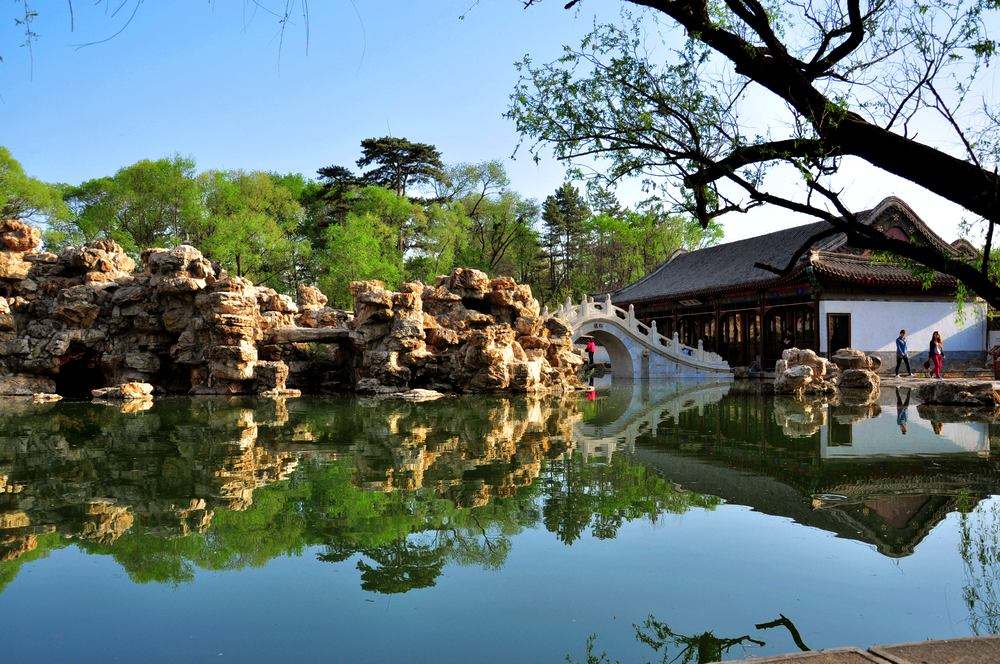
The Kangxi,Qianlong and Jiaqing Emperors often spent several months a year in the Mountain Resort in Chengde to escape the summer heat in the capital city of Beijing and the palace zone in the southern part of the resort was therefore designed to resemble the Forbidden City in Beijing.It consists of two parts:a court in front,where the emperor received high officials,nobles of various minority nationalities,and foreign envoys;and bed chambers in the rear,which were the imperial family’s living quarters.Emperors Jiaqing and Xianfeng both died while staying at Chengde in 1820 and 1861 respectively.

The Mountain Resort is most famous for the 72 scenic spots which were named by emperors Kangxi and Qianlong.Many of the scenic spots around the resort’s lake area were copied from famous landscaped gardens in Southern China.For instance,the main building on the Green Lotus Island,the”Tower of Mist and Rain”,(yanyulou)is a copy of a tower in Nanhu Lake at Jiaxing in Zhejiang Province.The resort’s plain area also possesses characteristics of the scenery of the Mongolian grasslands.Forested mountains and valleys are dotted with various buildings.This includes a 70 m tall stone Chinese pagoda,one of the tallest in China,built in the year 1751 during the reign of Qianlong Emperor.The pagoda is shaped with an octagonal base, while the pagoda’s nine stories are decorated with colorful glazed tiles and the steeple is crowned with a round gilded spire.

In December 1994 the Mountain Resort was listed by UNESCO on its list of World Heritage Sites.On May 8,2007,the Mountain Resort and its Outlying Temples,in Chengde were approved by the China National Tourism Administration as one of the *5A-class tourist attractions”-the highest standards for China’s tourist attractions.
